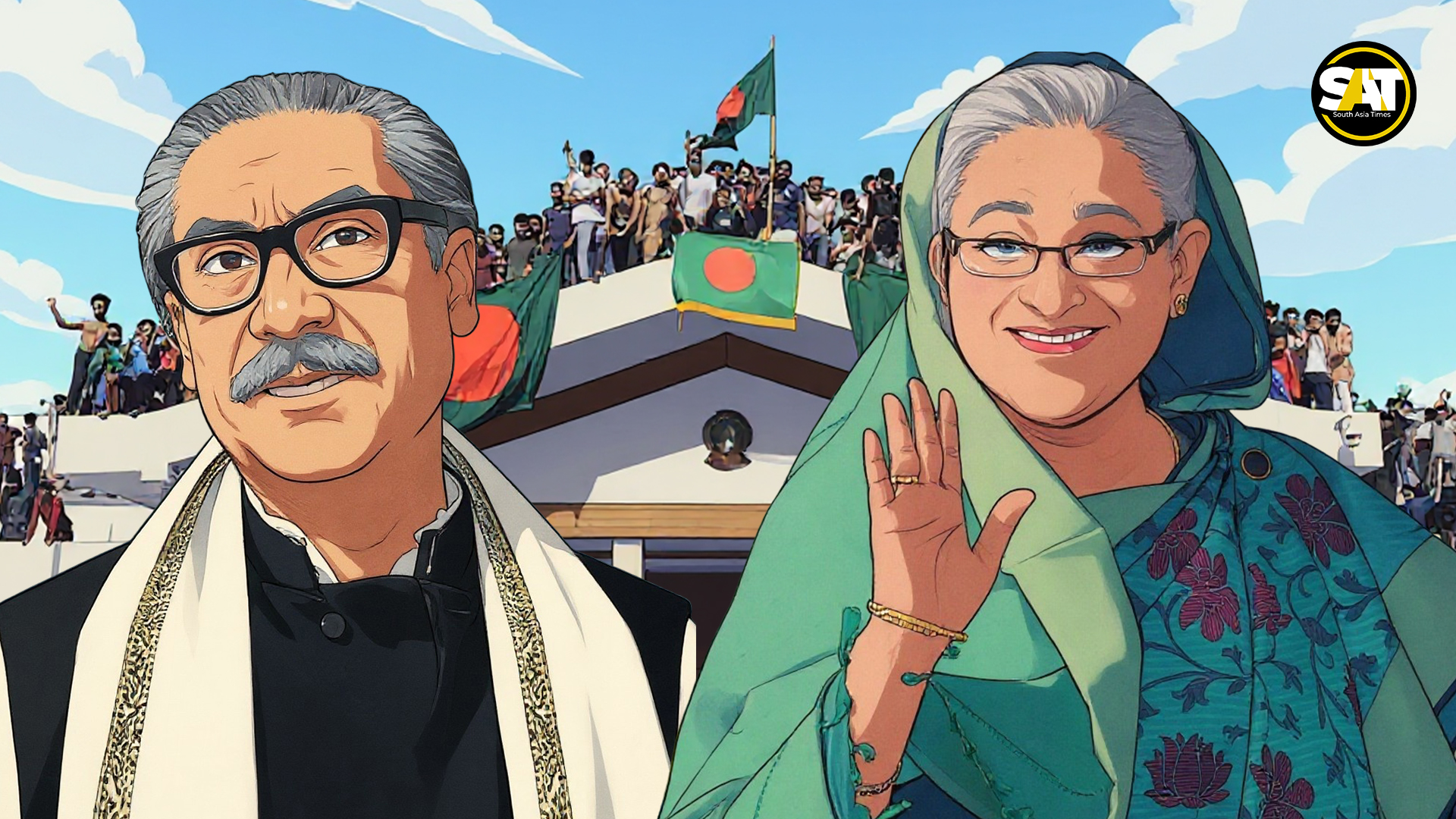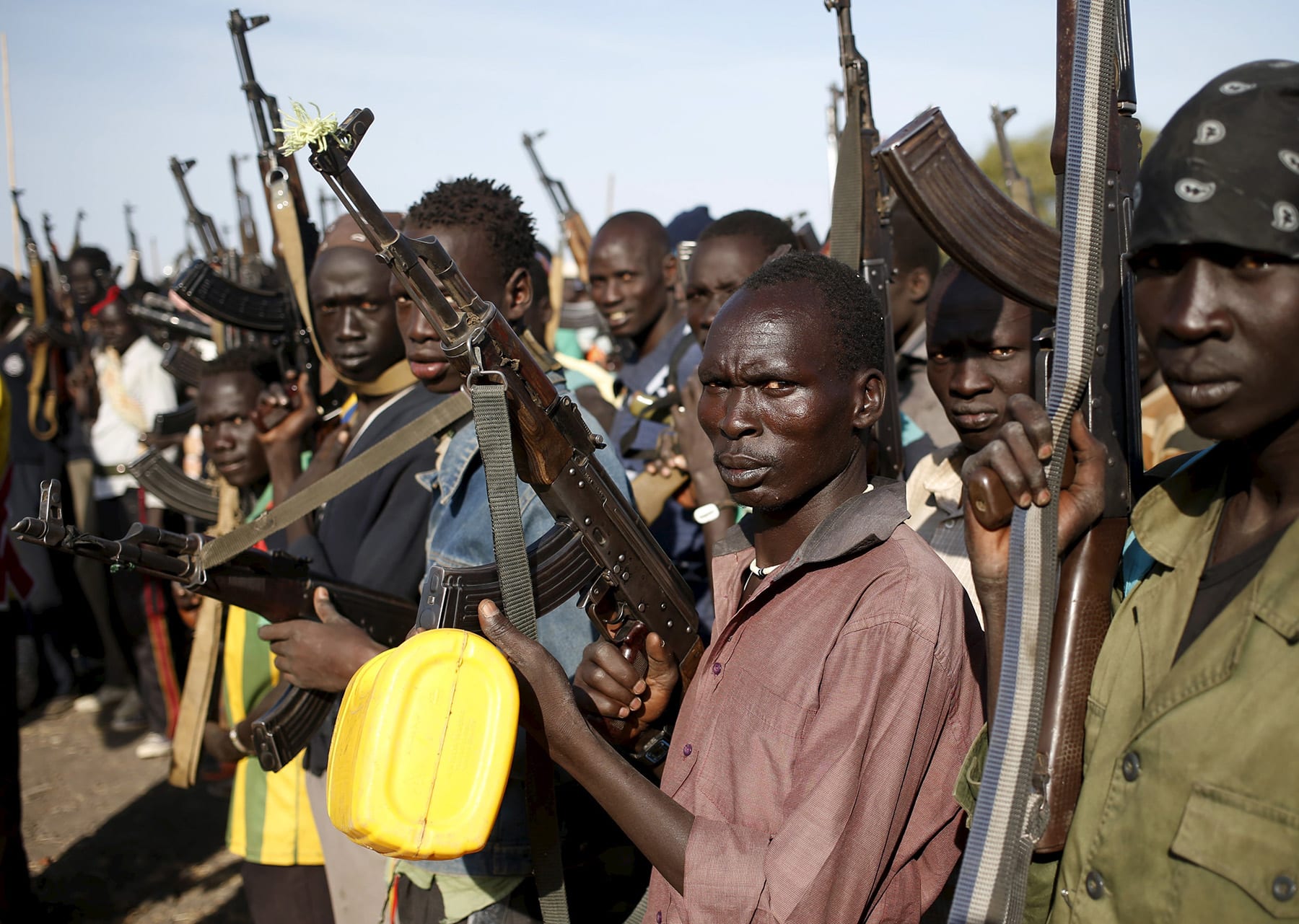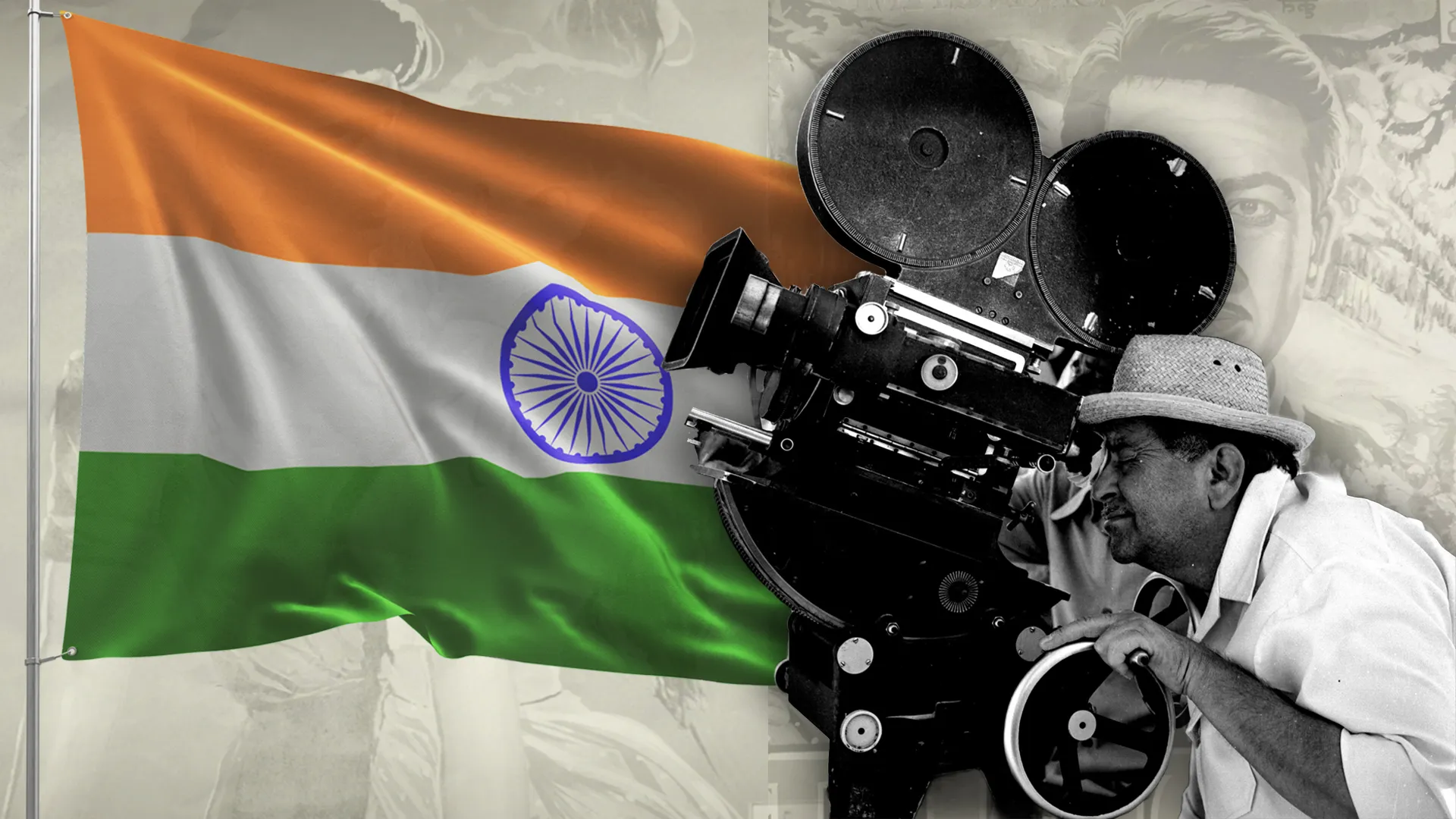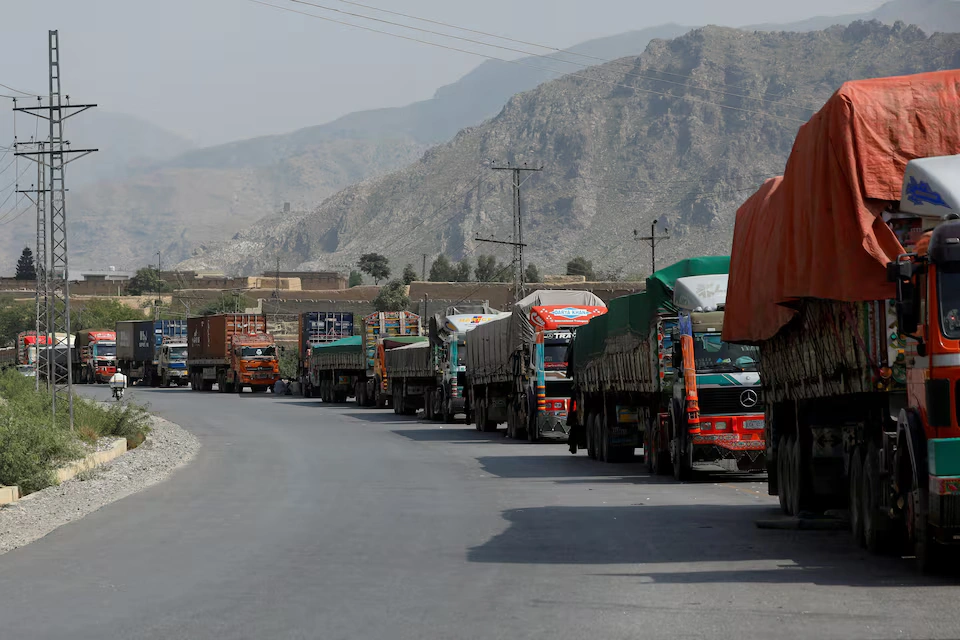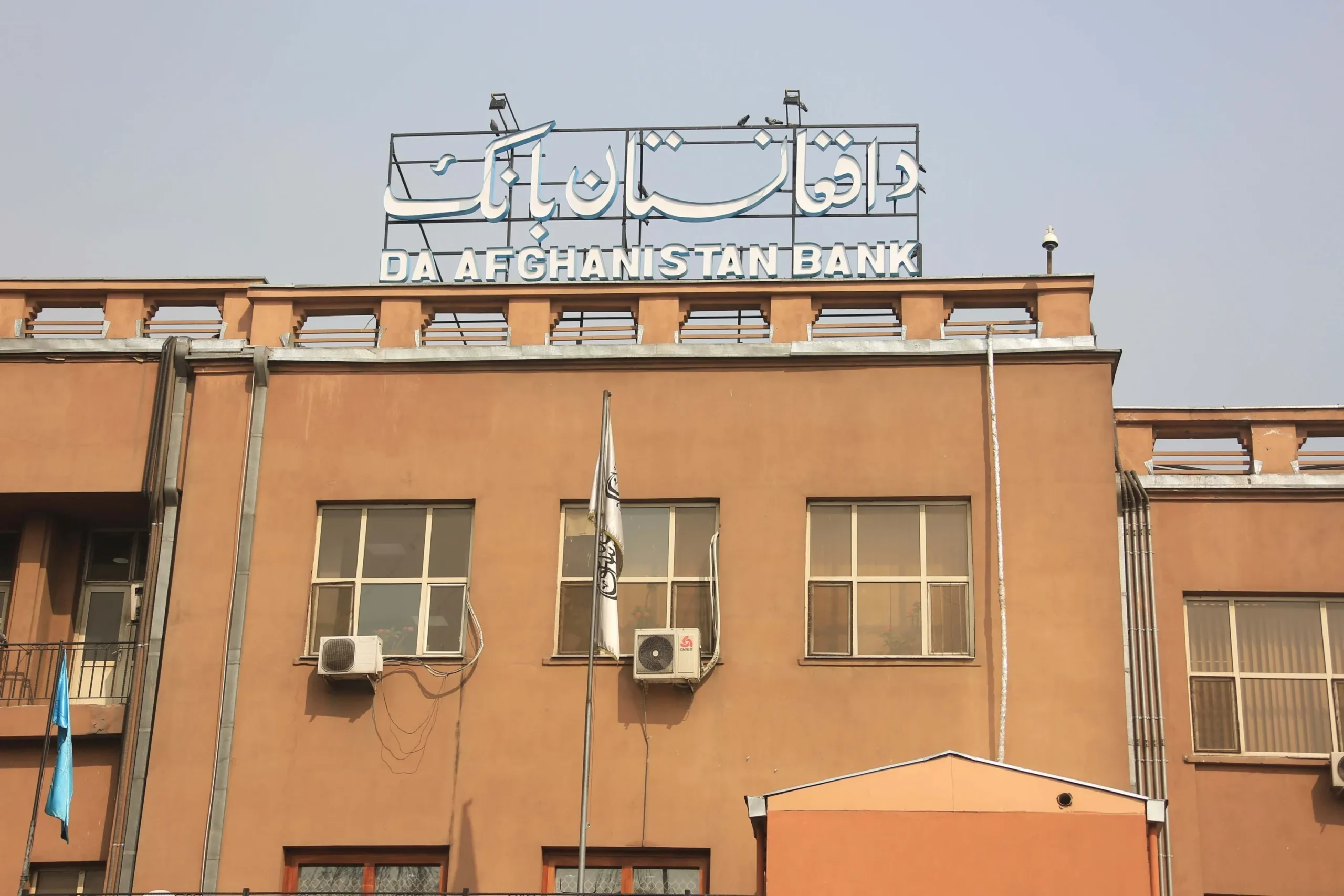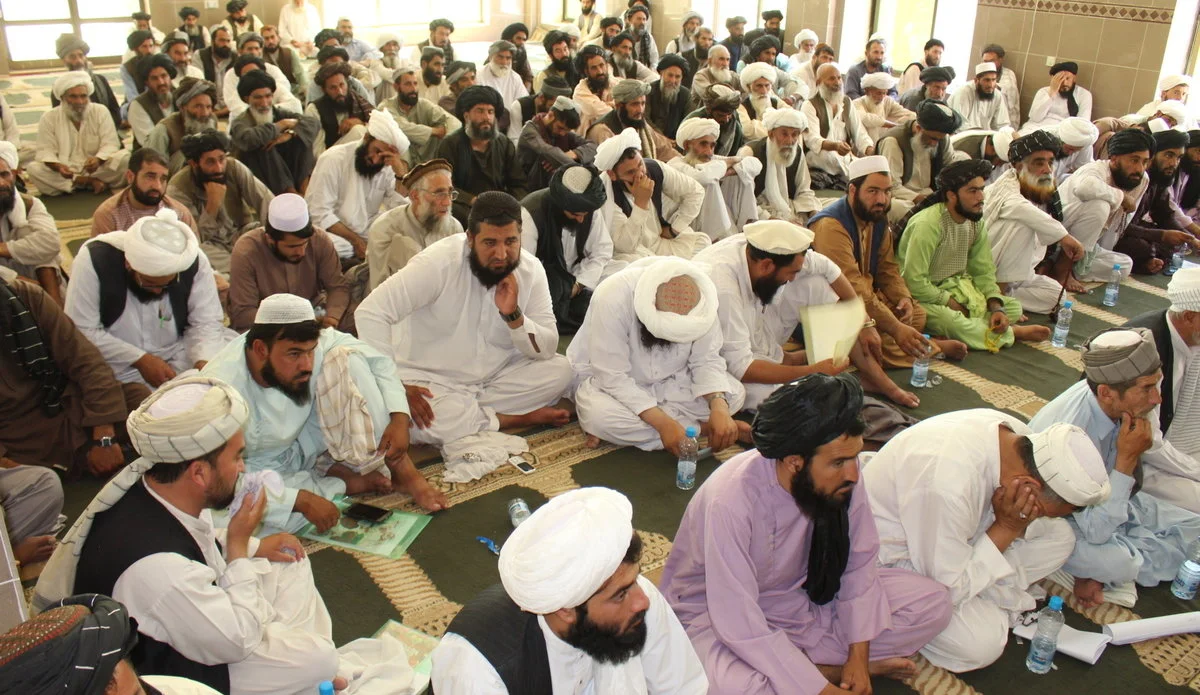History rarely offers ironies as sharp as the verdict delivered on November 17, 2025. On that day, the International Crimes Tribunal, a court Sheikh Hasina herself reconstituted to try the war criminals of 1971, sentenced her to death in absentia for crimes against humanity. The judgment, citing her role in ordering lethal force against student protesters, serves as the grim epilogue to her dramatic exit on August 5, 2024, when she fled Dhaka in a military helicopter. The Awami League, the party that led Bangladesh to independence, has not just lost power, it has been legally and morally condemned under the weight of its own hubris and a foreign policy that many Bangladeshis came to view as a client-patron relationship with New Delhi.
The Genesis of Separation (1949–1970)
The Awami League was born out of dissent on June 23, 1949, at the Rose Garden Palace in Dhaka. While initially a faction of the Muslim League, it quickly shed its religious skin to champion Bengali nationalism. Under the charismatic leadership of Sheikh Mujibur Rahman, the party capitalized on the economic and cultural strangulation of East Pakistan by the West Pakistani establishment.
However, the narrative of a purely democratic struggle often obscures the early separatist tendencies that defined the party’s strategy. The Six Point Movement of 1966 is often sanitized in history books as a demand for regional autonomy, but a closer reading reveals a clear, calculated blueprint for secession.
Point 3 demanded either two separate, freely convertible currencies for the two wings or a single currency with separate banking reserves to strictly prevent capital flight, effectively creating two distinct sovereign economies. Point 4 was even more radical, stripping the central government of its authority to levy taxes. It proposed that tax collection be vested solely in the federating units, with the center living on a share of the revenue. Perhaps most telling was Point 6, which demanded a separate militia or paramilitary force for East Pakistan. To the leaders of United Pakistan, this was not a request for regional security but a preparation for civil war, a demand for an independent army that would eventually manifest as the Mukti Bahini.
This separatist intent crystallized in the Agartala Conspiracy Case of 1968. Officially titled State vs. Sheikh Mujibur Rahman and Others, the case accused Mujib and 34 others of conspiring with India to secede from Pakistan. While the Awami League historically dismissed this as a fabrication by the Ayub Khan regime, later studies and admissions by conspirators confirmed that secret meetings had indeed taken place. Mujib and his associates had met Indian officials in Agartala, Tripura, seeking arms and logistical support for an armed uprising. This early reliance on Indian intelligence agencies established a geopolitical umbilical cord that would eventually become the party’s undoing.
The Darker Shade of Liberty (1971)
The electoral victory of 1970 was the party’s zenith, providing a democratic mandate that Islamabad foolishly denied. But the period between the election and the war saw the rise of a darker, ethno-centric nationalism that is often scrubbed from official histories.
In the turbulent months of early 1971, particularly during the non-cooperation movement of March, the Awami League’s rhetoric fueled a wave of violence against non-Bengalis, specifically the Urdu-speaking Bihari community. Viewed as symbols of West Pakistani domination, thousands of ethnic Biharis were targeted in brutal riots. The Karnaphuli Paper Mills massacre in Chandraghona and the slaughter at the Chittagong Wireless Colony stand as grim testaments to this period. In Santahar, a railway town, hundreds of non-Bengali men, women, and children were butchered by mobs emboldened by the ethno-nationalist fever.
This pre-war violence provided the Pakistani military with a pretext for Operation Searchlight. Once the war began, the Awami League leadership fled to India, where the relationship forged in Agartala bore fruit. India actively armed and trained the Mukti Bahini. While this intervention was decisive in liberating East Pakistan, it permanently tagged the Awami League as “India’s Party” in the eyes of its detractors, a label that would haunt it for decades.
The Death of a Dream (1972–1975)
The mid-period of the Awami League’s history serves as a haunting precursor to 2024. Following independence, Sheikh Mujib returned as a hero, but his administration quickly descended into chaos. The 1972-1975 era was marred by rampant corruption, nepotism, and a devastating famine in 1974 that killed tens of thousands.
Facing growing unrest, Mujib discarded the democratic framework he had championed. In January 1975, he amended the constitution to establish a one-party state known as BAKSAL (Bangladesh Krishak Sramik Awami League). All other political parties were banned, and four state-controlled newspapers replaced the free press. The Father of the Nation had become a dictator.
This slide into authoritarianism culminated in the brutal coup of August 15, 1975. Mujib, his wife, and three sons were gunned down at their Dhanmondi residence. The family line was all but extinguished, save for two daughters, Sheikh Hasina and Sheikh Rehana, who survived only because they were in West Germany at the time. This accident of history left a singular heir to the Mujib legacy, one who would return decades later to reclaim the party, driven by a deep sense of personal grievance and a desire for retribution.
The Wilderness Years and the Battling Begums (1975–2008)
Following the assassination of Sheikh Mujib, the Awami League was cast into the political wilderness. The vacuum was filled by military strongmen who reshaped the nation’s identity. Ziaur Rahman, a decorated freedom fighter, founded the Bangladesh Nationalist Party (BNP) and steered the country away from secularism towards a more Islamic nationalist identity. His assassination in 1981 led to another military takeover, this time by General Hussain Muhammad Ershad, who ruled with an iron fist for nearly a decade.
The fall of Ershad in 1990 marked the restoration of parliamentary democracy, ushering in an era dominated by the “Battling Begums”, Khaleda Zia (Ziaur Rahman’s widow) and Sheikh Hasina. For 15 years, power alternated between the BNP and the Awami League in a cycle of vindictive politics. Khaleda Zia’s terms (1991–1996, 2001–2006) were characterized by the rise of Islamist coalition partners, while Hasina’s first term (1996–2001) saw the repeal of the Indemnity Ordinance, paving the way for her father’s killers to be tried.
This volatile duopoly collapsed in late 2006. Widespread violence and allegations of voter fraud led to a military intervention on January 11, 2007, known as 1/11. A military-backed Caretaker Government assumed power, arresting both Hasina and Khaleda in an attempt to execute a Minus Two formula to exile them from politics. The attempt failed. In the elections held in December 2008, the Awami League swept to power with a landslide victory, handing Hasina a mandate that she would eventually weaponize to dismantle the very democratic system that brought her back.
Judicial Guillotine and the Sham Tribunals (2009–2024)
Sheikh Hasina’s second coming in 2009 began with promises of a Charter for Change, but it soon morphed into a systematic dismantling of political opposition. The primary instrument of this purge was the International Crimes Tribunal (ICT), established in 2010 to try war crimes from 1971.
Critics and legal scholars argued that the tribunal was a judicial farce, established in direct contradiction to the 1974 Tripartite Agreement between India, Pakistan, and Bangladesh. In 1974, Bangladesh had agreed to drop the trials of 195 Pakistani POWs in the spirit of forget and forgive to ensure regional stability. By resurrecting this issue four decades later, Hasina targeted Bengalis who supported United Pakistan in 1971, specifically the leadership of Jamaat-e-Islami.
The tribunal was plagued by controversies, including the Skype Scandal, which revealed collusion between judges and prosecutors. Despite international condemnation regarding due process, the government proceeded with the executions of top opposition figures. Former ministers and Members of Parliament, including Motiur Rahman Nizami (Ameer of Jamaat-e-Islami), Ali Ahsan Mohammad Mojaheed (Secretary General), and BNP leader Salauddin Quader Chowdhury, were hanged. These executions effectively decapitated the leadership of the Awami League’s Islamist and nationalist rivals, leaving a political vacuum that Hasina filled with loyalists.
Secure in her power, Hasina traded democracy for development, the so-called Singapore Model. The country saw impressive infrastructural growth, from the Padma Bridge to the Dhaka Metro Rail. However, the price was the complete erosion of civil liberties.
The elections of 2014, 2018, and 2024 were masterclasses in electoral manipulation. The 2014 election was boycotted by the BNP, resulting in 153 MPs being elected unopposed. The 2018 polls were dubbed the Midnight Election due to widespread allegations of ballot stuffing the night before. By 2024, the process had devolved into a theater of dummy candidates, ensuring the Awami League’s victory before a single vote was cast. The judiciary, police, and civil administration were stripped of independence, functioning merely as extensions of the Ganabhaban.
The Final Unraveling: July–August 2024
The collapse, when it came, was swift. It began in June 2024 with student protests against a quota system that reserved 30% of government jobs for descendants of freedom fighters, a system widely seen as a patronage network for Awami League families.
Hasina’s fatal error was her arrogance. On July 14, 2024, she mocked the protesters, asking,
“If the grandchildren of freedom fighters don’t get quota benefits, should the grandchildren of Razakars [collaborators] get them?”
The slur backfired spectacularly. Students reclaimed the term, chanting,
“Tui ke? Ami ke? Razakar, Razakar!” (Who are you? Who am I? Razakar, Razakar!).
The state’s response was a massacre. Police and Chhatra League cadres opened fire on unarmed students. The death of Abu Sayeed in Rangpur, shot point-blank while standing with arms outstretched, galvanized the nation. A shoot-on-sight curfew and internet blackout followed, killing hundreds, but the fear barrier had been broken. On August 5, as millions marched on Dhaka, the army refused to fire, and Hasina fled.
The Fatal Embrace of India
The rise and fall of the Awami League cannot be decoupled from the India Factor. The relationship that began with the Agartala Conspiracy in 1968 and solidified through the arms shipments to the Mukti Bahini in 1971 eventually mutated into a liability.
For the last 15 years, New Delhi was viewed not just as an ally, but as the guarantor of Hasina’s regime. As Western nations pressured Dhaka on human rights and fair elections, India consistently lobbied Washington to soften its stance, arguing that Hasina was the only bulwark against Islamism. In return, Hasina’s government granted India transit rights and strategic concessions, often without reciprocity on critical issues like the Teesta water-sharing treaty or the cessation of border killings by the BSF.
By 2024, the India Out campaign had permeated the Bangladeshi psyche. The perception that the Awami League was governing Bangladesh as a proxy for Indian interests stripped the party of its nationalist credentials. In the end, the party that was born to fight for Bengali sovereignty fell because it was perceived as having sold that very sovereignty to the neighbor that helped birth it. The tragedy of the Boat is that it sailed so far toward New Delhi that it forgot to anchor itself in the waters of the Meghna.

